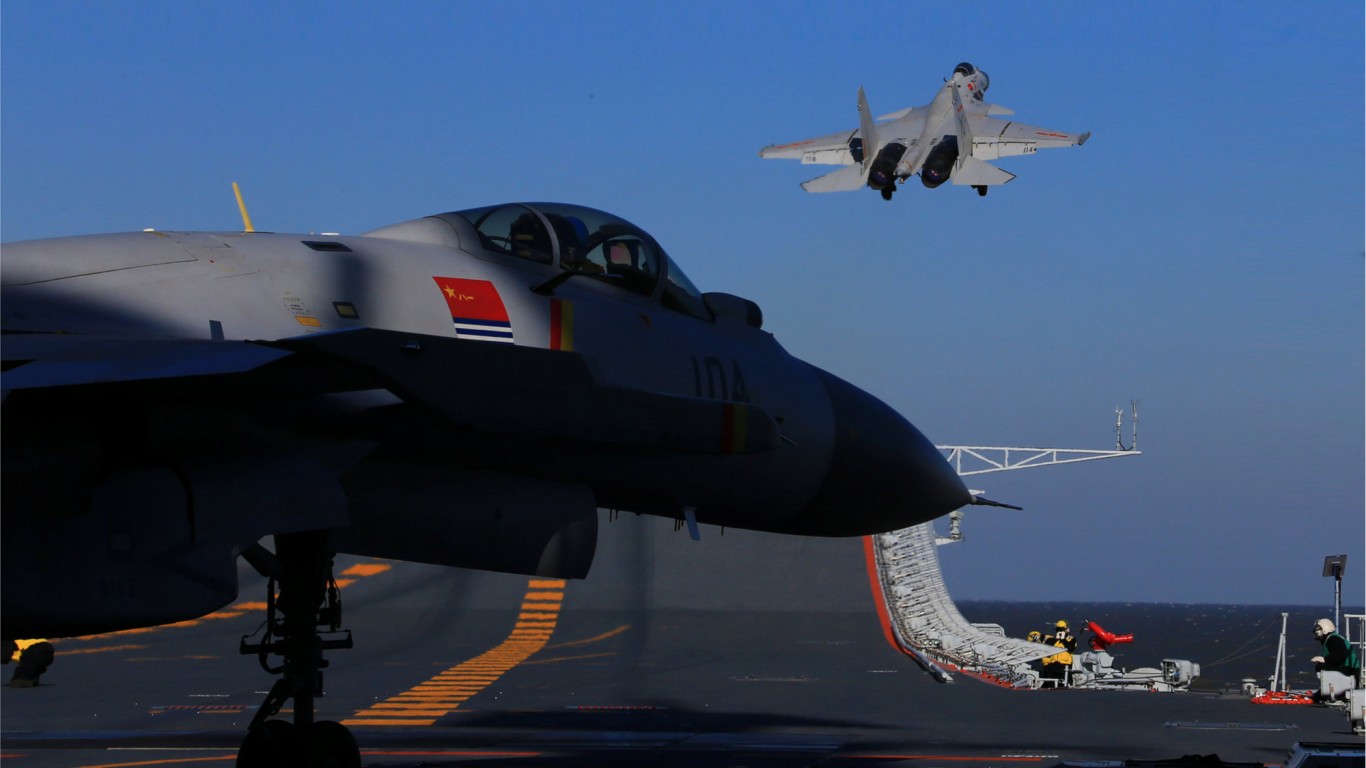
In March 1999, Admiral Dennis C. Blair testified before Congress that China was not a serious threat to the United States. He claimed that it would be “several years” before the People’s Liberation Army (PLA) could mount a serious challenge to the United States military.
A lot can happen in a quarter century and it’s clear that the Chinese military has made some considerable strides forward in recent years. In an address to the National Congress in 2017, Xi Jinping outlined his vision for a new era of Chinese strength. Among his policy goals was to develop a world-class military by 2035. This article will look at where the PLA has made the most progress and assess five of China’s key military advantages.
Why This Matters
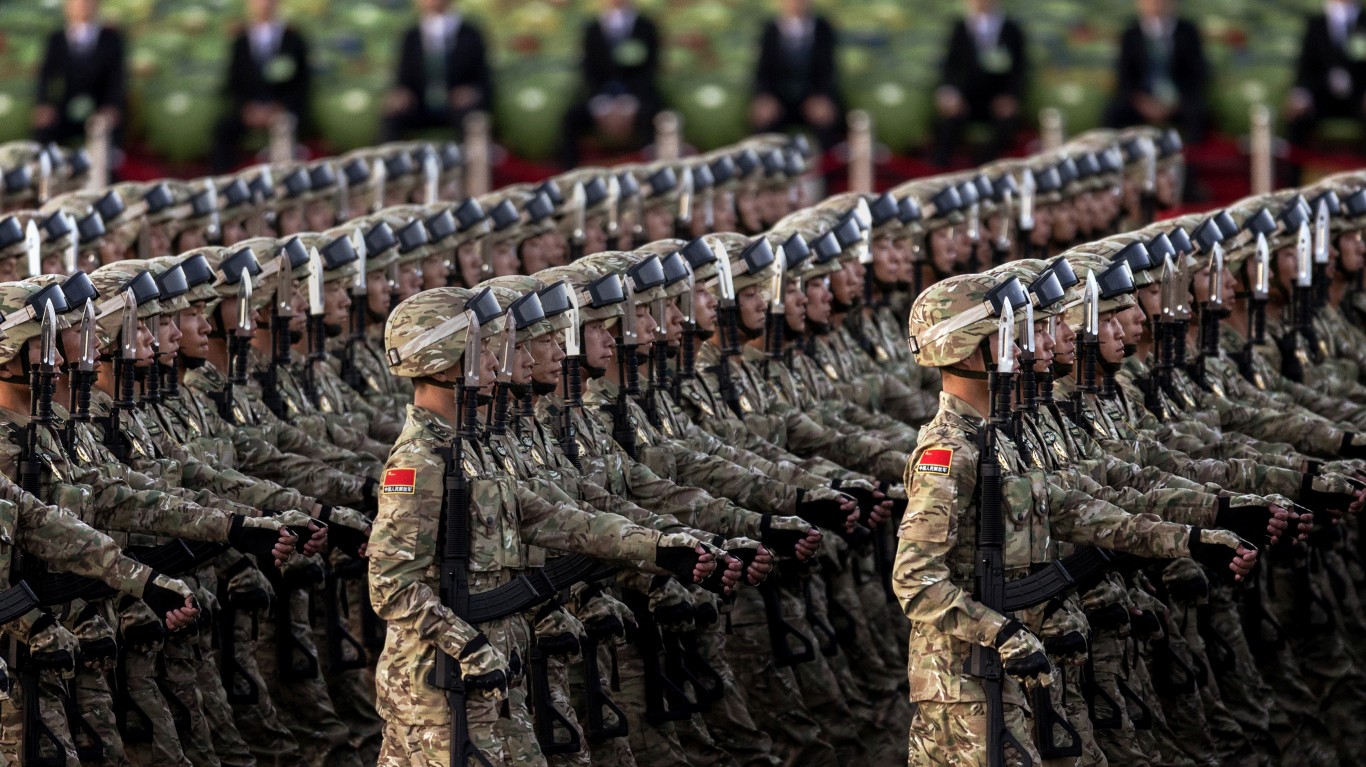
China’s emergence as a growing power on the world stage has been a cause for concern in the West. With scarcely concealed ambitions in the Taiwanese Strait and growing influence abroad, China could soon threaten American interests in the Pacific. It is important to understand where the PLA has made the most progress since the turn of the 21st century.
Manpower

The PLA is by far the world’s largest military. With over two million active service personnel and a further 500,000 reservists, China enjoys a hefty numerical advantage over any other army on the planet. Of course, sheer numbers are not the sole arbiter of an army’s prowess – military history has many examples to show that – quantity is still vitally important.
China has the world’s largest navy by number of ships but is still slightly behind the United States in overall tonnage. China’s main naval strength is its vast number of corvettes (71) and submarines (72). The fleet is overwhelmingly modern, with just a handful of ships over thirty years old. China has committed significant resources to build up its amphibious assault capabilities.
Like most other nations, China faces some demographic challenges in the future and will be supplanted by India as the world’s most populous country by 2050. This may require future adjustments to military recruitment but the PLA should still have few problems filling its ranks.
Industry
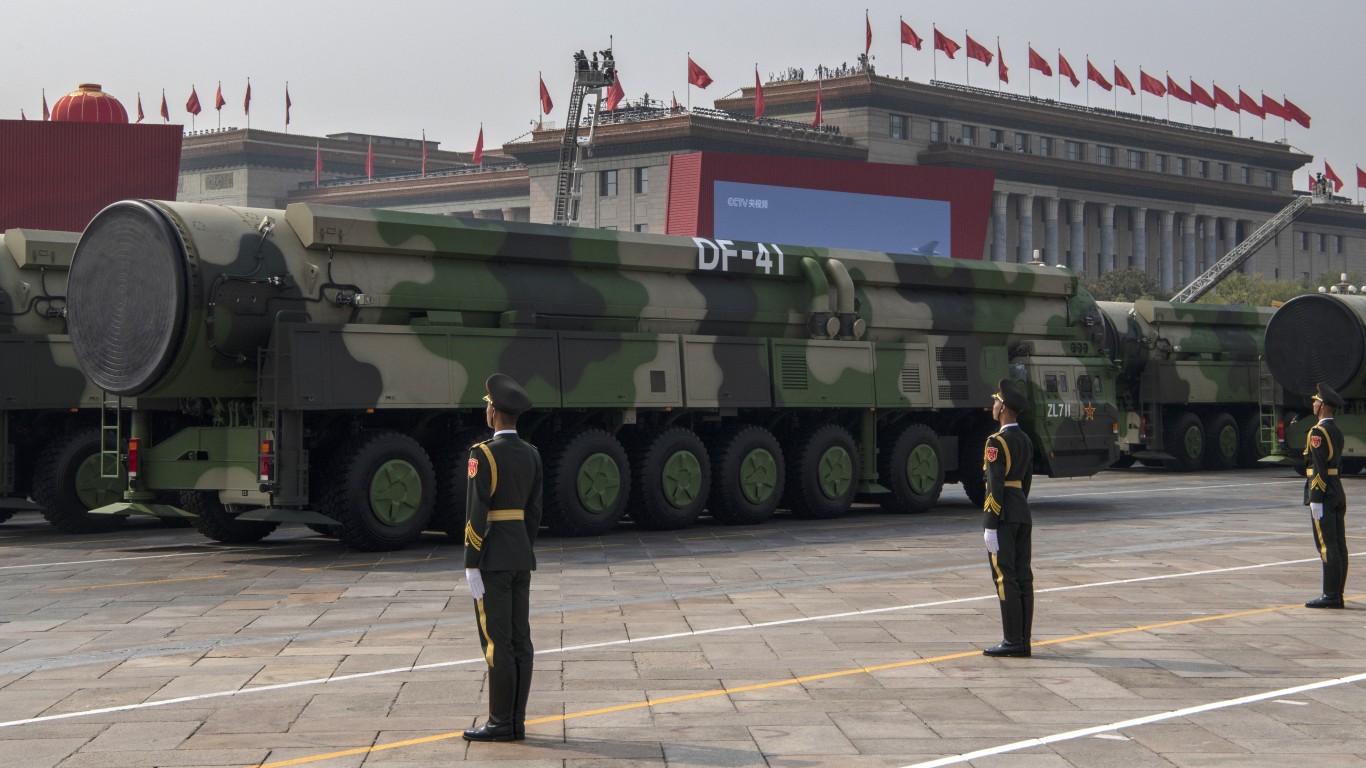
China has a substantial industrial base which could easily be ramped up to meet its wartime needs. As the previous section showed, Chinese shipyards have produced vast numbers of modern ships to bolster its naval strength. As well as impressive output, Chinese production is highly cost-effective. The American aircraft carrier, the USS Ford cost almost twice as much as China’s newest aircraft carrier, the CNS Fujian.
While still heavily reliant on foreign exports for petroleum and certain gaps in production, China has been working toward self-sufficiency.
Resources
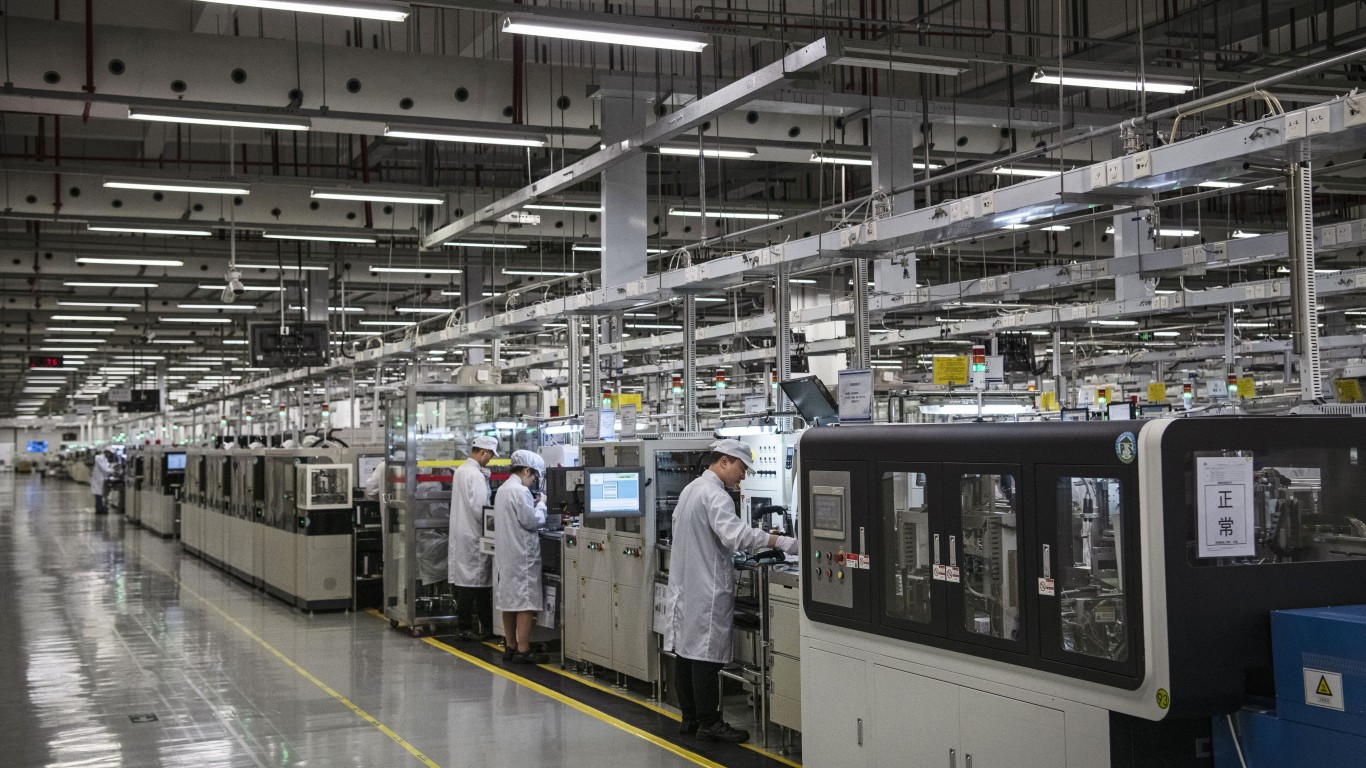
China is a comfortable second when it comes to military spending. Beijing’s latest military budget was $231 billion. That was the official total at least, there are suspicions that the true figure could be substantially higher. China’s GDP still hasn’t surpassed the United States despite predictions it would in 2017 and 2019. While China’s economy may still be some way from eclipsing the United States, if ever, China can still outspend the vast majority of nations in defense.
Though lacking domestic oil production, China is rich in metals, minerals, and rare earth elements, with about 60% of the global supply and mining rights overseas. These components are critical for the development of modern weapons.
Anti-Access and Area Denial Weapons
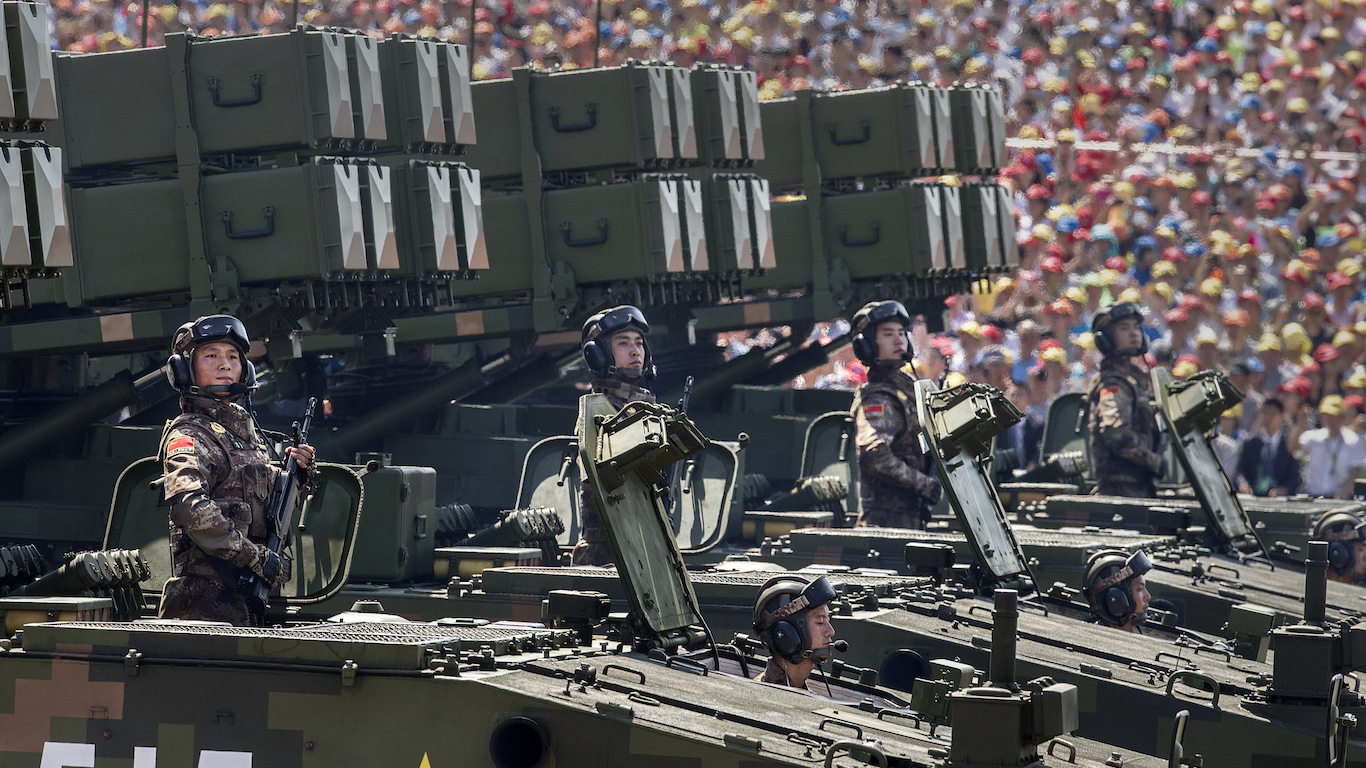
In simple terms, anti-access and area denial (A2/AD) weapon systems are designed to deny an enemy freedom of movement in a specified area. China has invested heavily in A2/AD systems with one eye on countering any American intervention in Taiwan. China’s anti-ship capabilities are considerable with a hefty stockpile of ballistic and cruise missiles. When it comes to anti-ship cruise missiles (ASCM), China’s YJ series of launchers are in a class of their own.
Nuclear Weapons
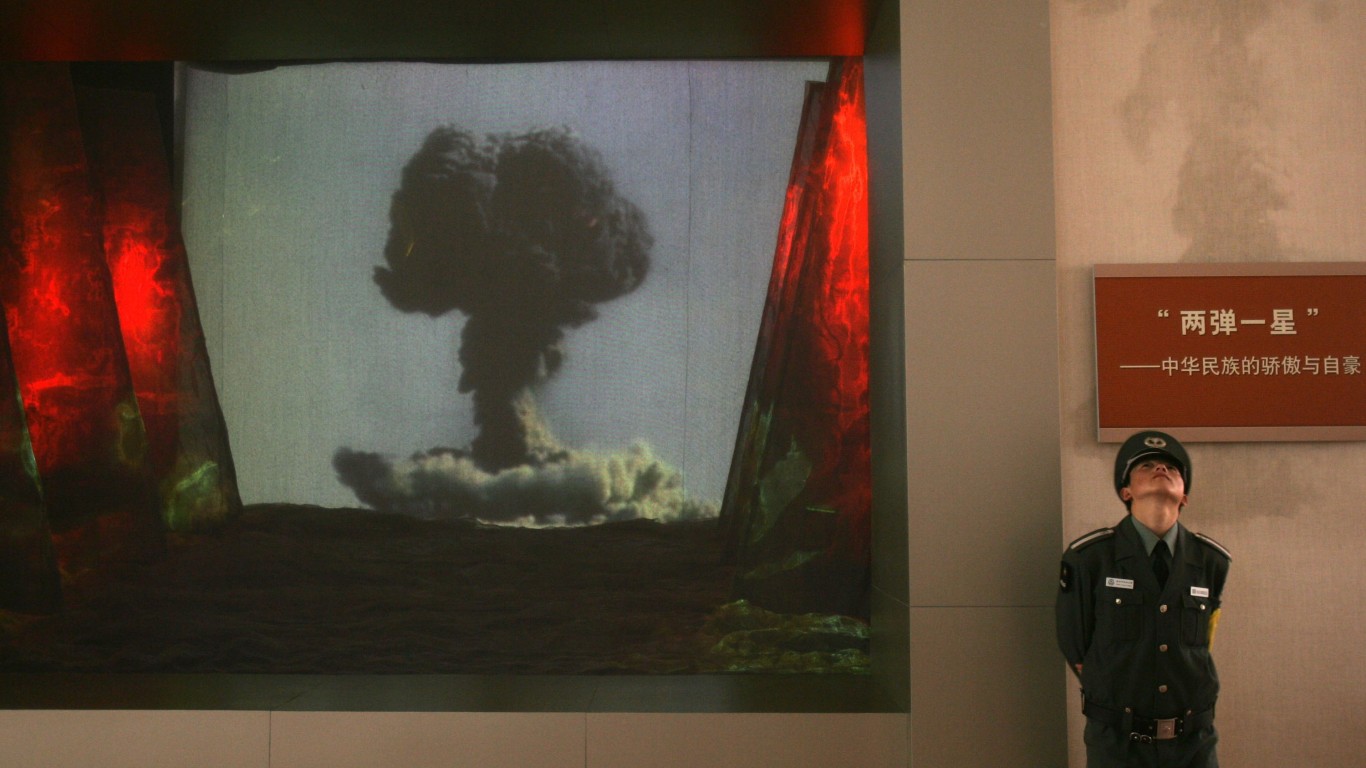
China first acquired the bomb in 1964 and has outwardly championed a doctrine of minimal deterrence – keeping the smallest possible nuclear arsenal. In reality, China is substantially modernizing and increasing its nuclear arsenal. Precise numbers of warheads are tough to pin down but the most recent estimate puts that figure at about 500. That number is expected to climb to 1000 by 2030 and reach 1500 by the end of its current modernization program.
Conclusion
While not without its weaknesses, China’s military has made substantial strides forward in recent years. With vast manpower reserves and an impressive industrial base, the PLA is well-positioned to meet its goals by 2035. The gap between the PLA and the US military is still considerable, effective deterrence in the Pacific will require careful future consideration.
It’s Your Money, Your Future—Own It (sponsor)
Retirement can be daunting, but it doesn’t need to be.
Imagine having an expert in your corner to help you with your financial goals. Someone to help you determine if you’re ahead, behind, or right on track. With SmartAsset, that’s not just a dream—it’s reality. This free tool connects you with pre-screened financial advisors who work in your best interests. It’s quick, it’s easy, so take the leap today and start planning smarter!
Don’t waste another minute; get started right here and help your retirement dreams become a retirement reality.
Thank you for reading! Have some feedback for us?
Contact the 24/7 Wall St. editorial team.




